Note: Having lived on Ft. Lewis for almost four years, I consider this great news. Ft. Lewis was easily the best base I've lived at (save for a few locations in Germany). I'm glad to see the DOD is going to renovate those old buildings.
--
FORT LEWIS, Wash. -- Fort Lewis' urban planners plan to transform the
post from a concrete jungle of sprawling buildings to a leafy
collection of smaller communities.
The post's long-term master
plan, unveiled Tuesday, organizes the Army post into 13 neighborhoods.
In the works are widening of sidewalks, on-street parking, street cafes
and restaurants.
Some of the post's historic buildings, many dating back to World War II, will be renovated.
Garrison
commander Col. Cynthia Murphy hopes the changes will transform the
post's community of 30,000 soldiers and their families into more than
the sum of its parts.
"I think it's really important to have that
sense of community, especially during time of war," she said. "When you
have that sense of community, you know your neighbors and care about
your neighbors. You don't have that isolated feeling you have when you
just drive from place to place."
A major goal of the design is to
reduce commuting. Planners hope to group barracks, dining facilities,
motor pools, administrative buildings and training areas close enough
to encourage soldiers to walk to work.
"It's the new, old trend,"
said Tom Tolman of the Fort Lewis public works department's planning
division. "It's returning to the principles we used when we built Fort
Lewis -- the ability to walk and drive and bike. Now it's all about
driving everywhere."
Planners are touting the post's ecofriendly
design: Not only the reduction of car commuting, but the addition of
more trees and adoption of sustainable construction standards could
reduce carbon dioxide emissions by 18 million pounds per year, Tolman
said.
The plan has no firm timeline for completion, but Murphy
talked often about seeing major changes by 2017, the 100th anniversary
of the post's founding under its original name, Camp Lewis.
The
Pentagon is prepared to put up big bucks to make it happen. Fort Lewis
will receive about $3 billion over the next five years for construction.
Not everyone has been a fan of Fort Lewis' plans.
Lakewood
City Councilman Walter Neary said in January that he worries the
on-post upgrades, including the Army & Air Force Exchange Service's
plans to build a mid- to high-end retail and casual-dining shopping
center, will hurt his city's economy.
Murphy disagrees. Many
families shop on post, and often soldiers and employees don't leave
post during their lunch break or after dinner because the roads are
congested, she said.
"I don't think what we're doing for our
soldiers and families is any different than what other communities are
trying to do for their families," she said.
Urban planners,
soldiers, family members and others began meeting two years ago to
overhaul the previous master plan, which dated to 1995. Since then, the
post has added more than 10,000 soldiers and a host of new equipment,
including hundreds of eight-wheeled Stryker vehicles.
"The equipment and the facilities do not match," Murphy said. "We needed to update the post."
About
30 percent of Fort Lewis' soldiers live on post, either in barracks or
in family housing. The post is expected to grow to about 32,000
soldiers over the next few years, and the master plan assumes the same
percentage will live on post in the future.
One piece missing
from the plan is neighboring McChord Air Force Base, which will merge
with Fort Lewis by 2010. Similar planning meetings will begin when the
two installations become Joint Base Lewis-McChord, Tolman said.
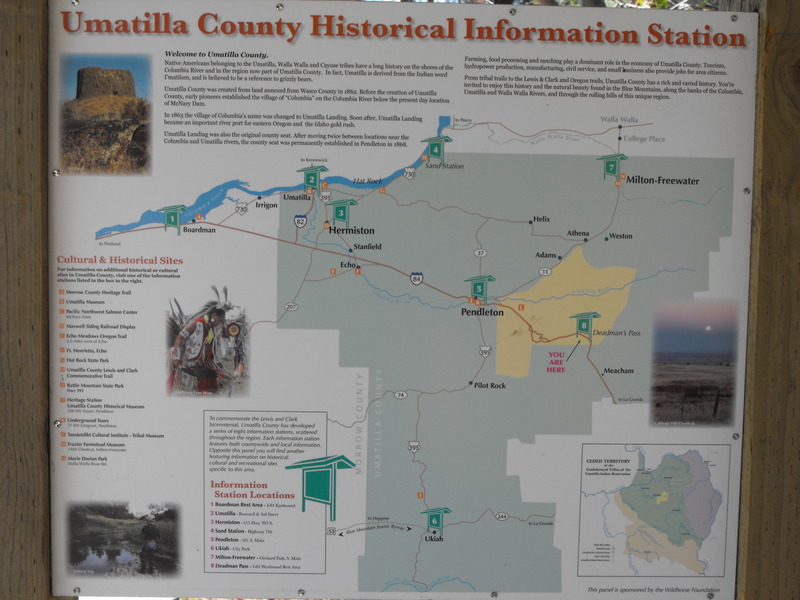 Deadmans Pass
Deadmans Pass
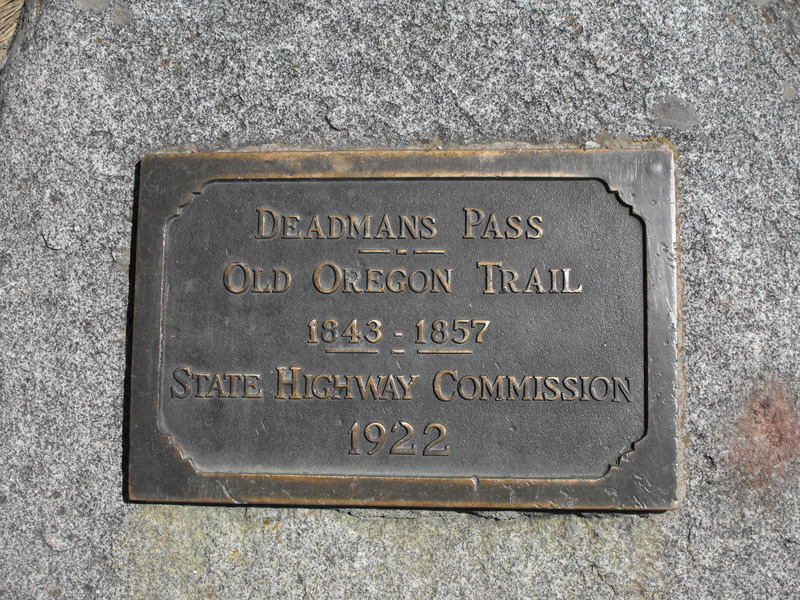
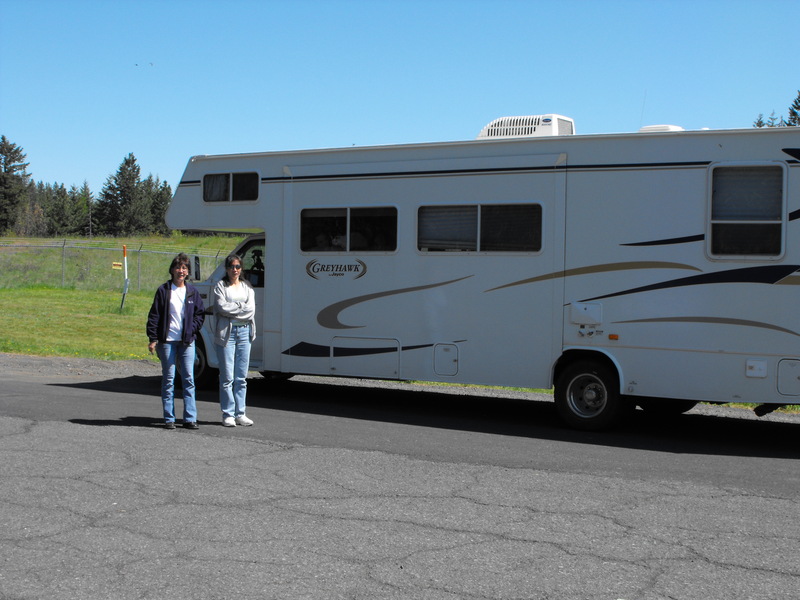
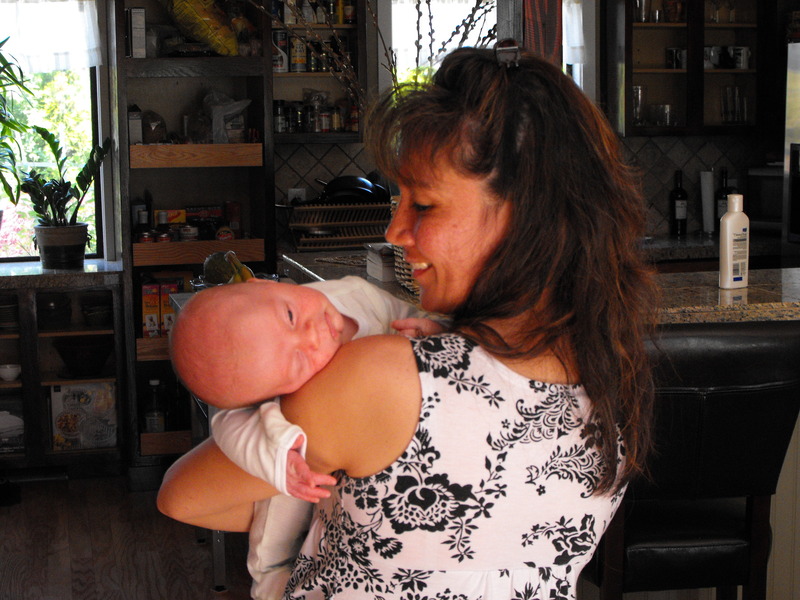
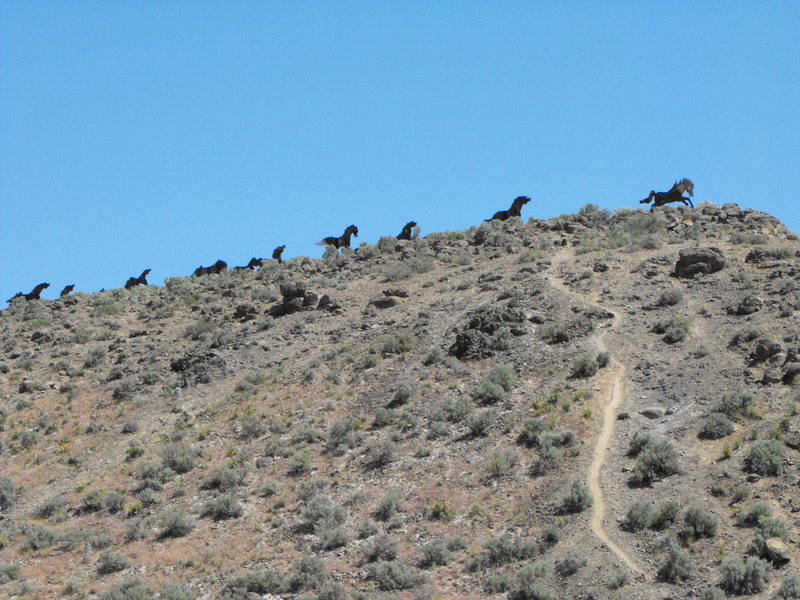
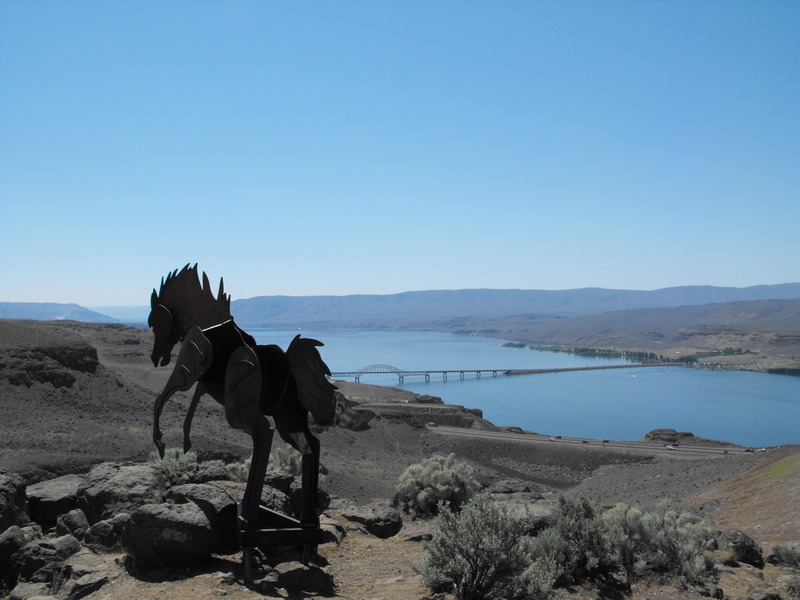

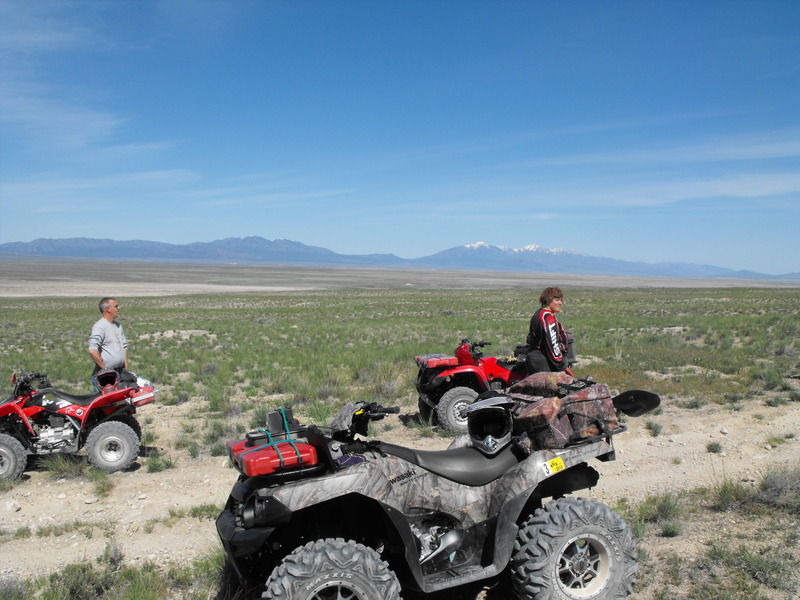
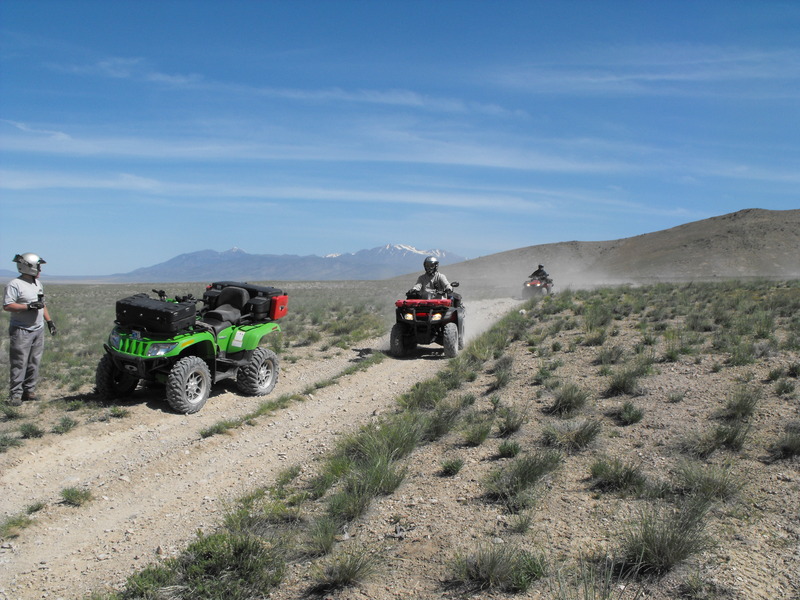
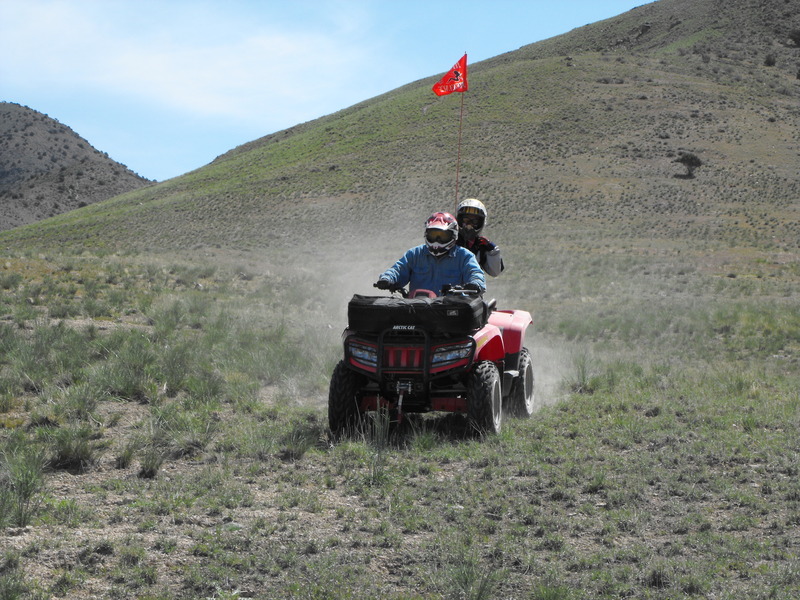
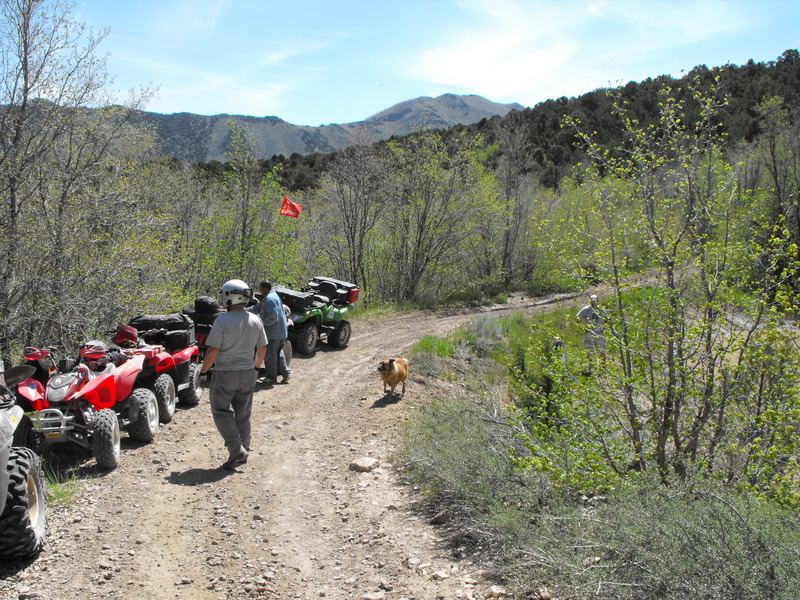
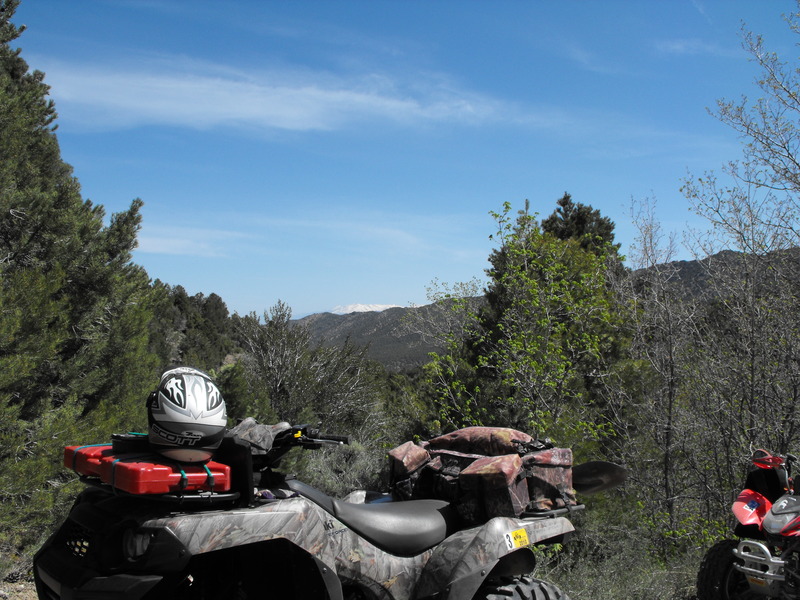
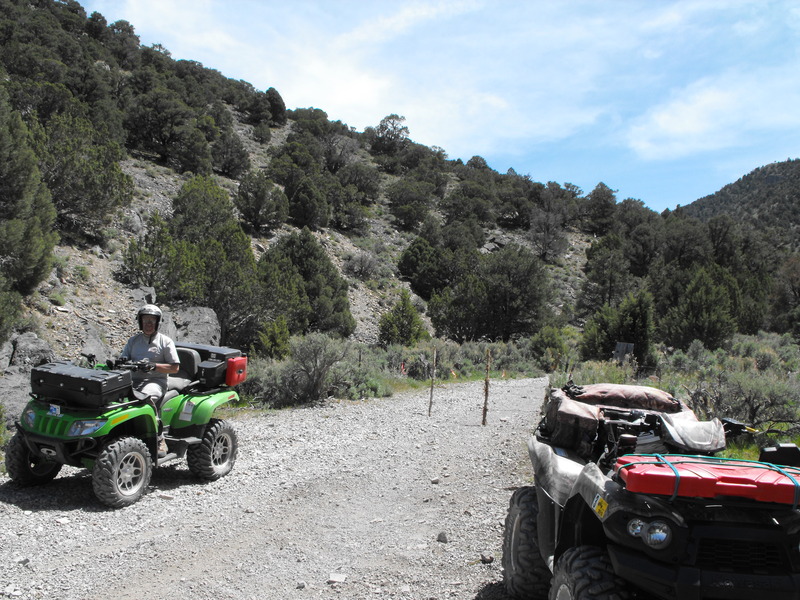
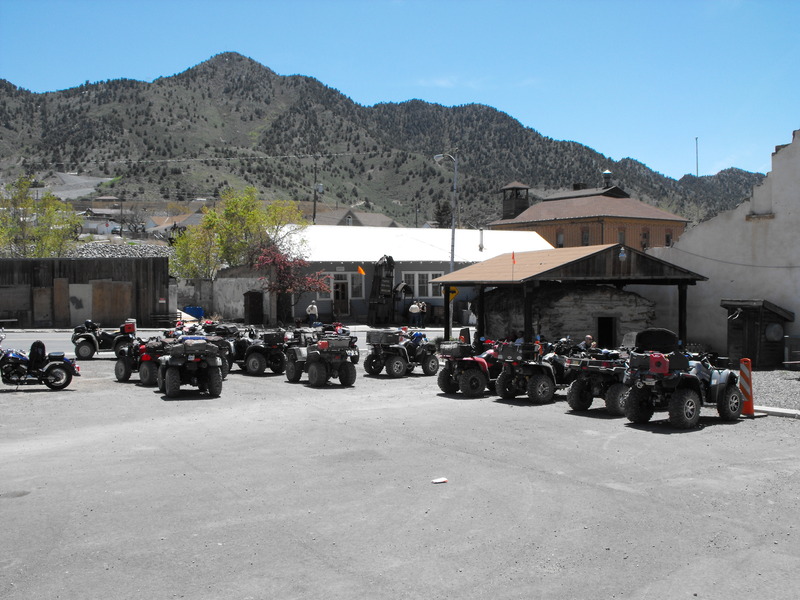
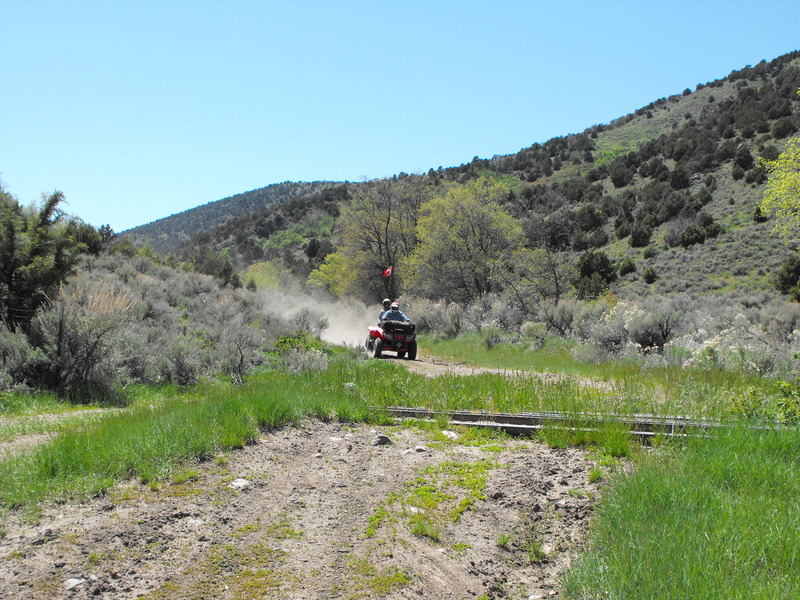
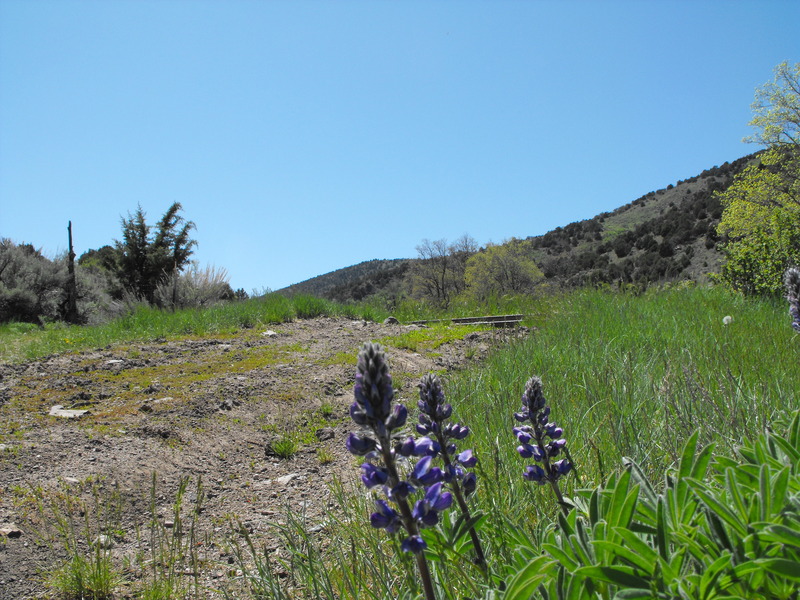
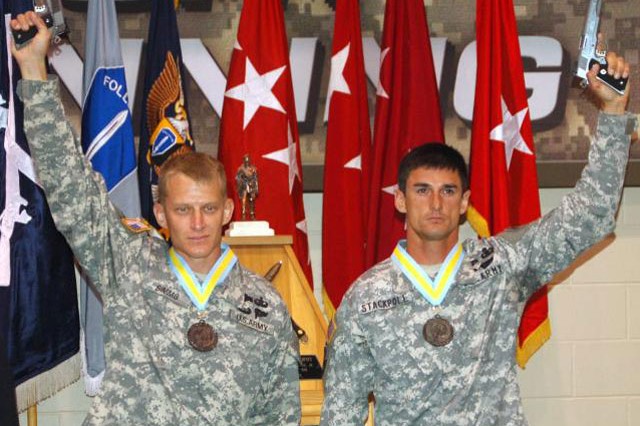
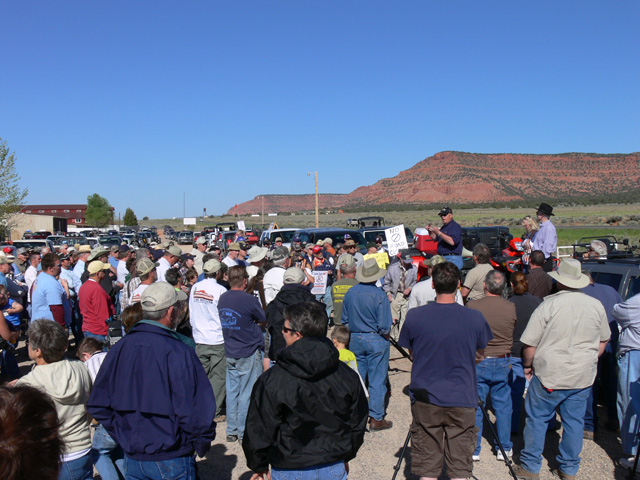


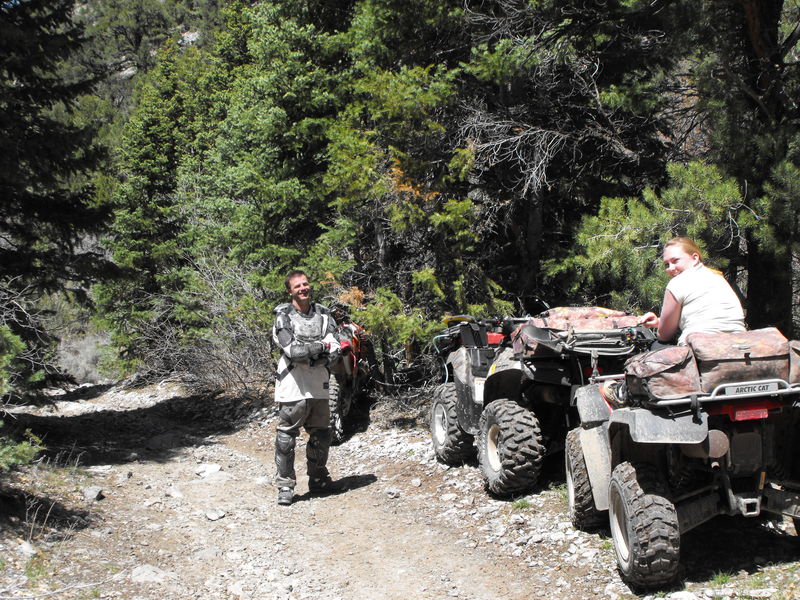
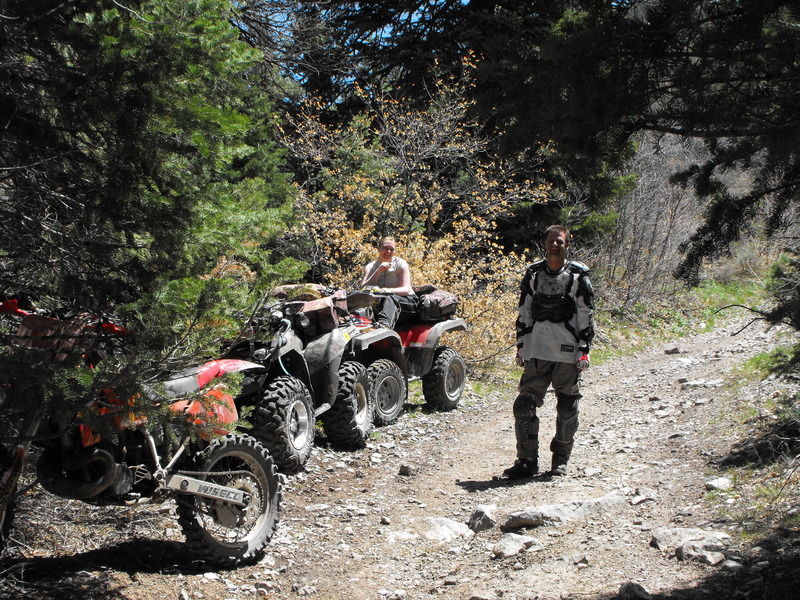
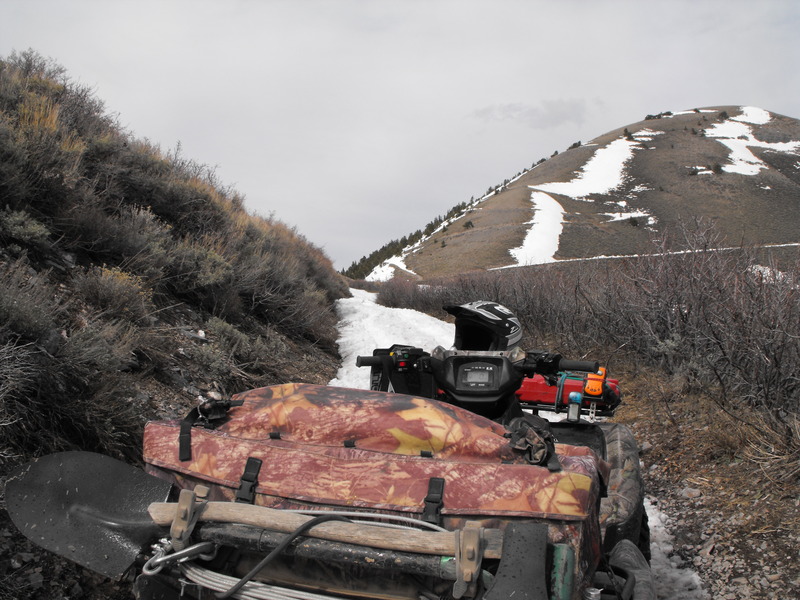
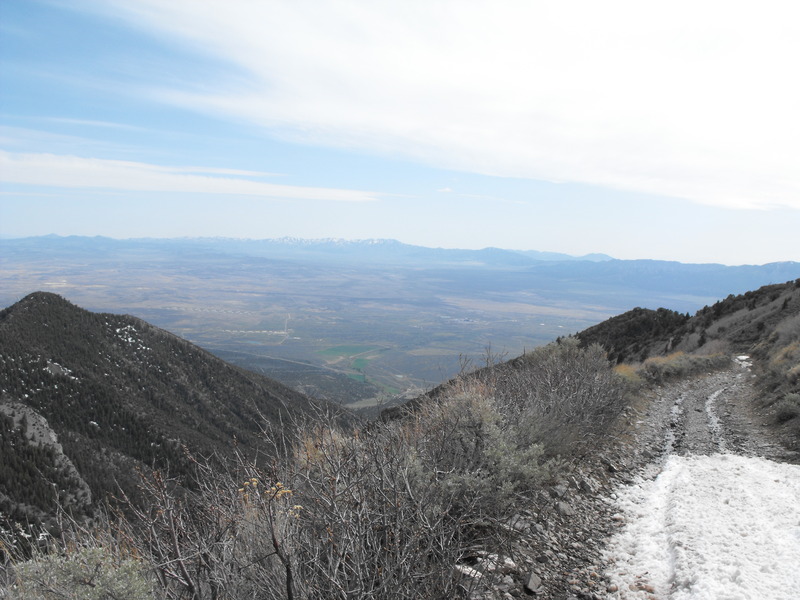




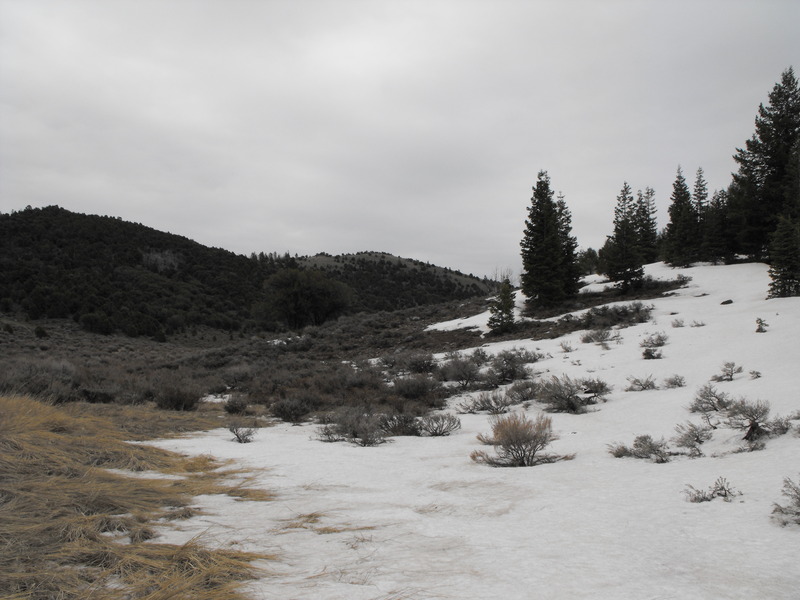
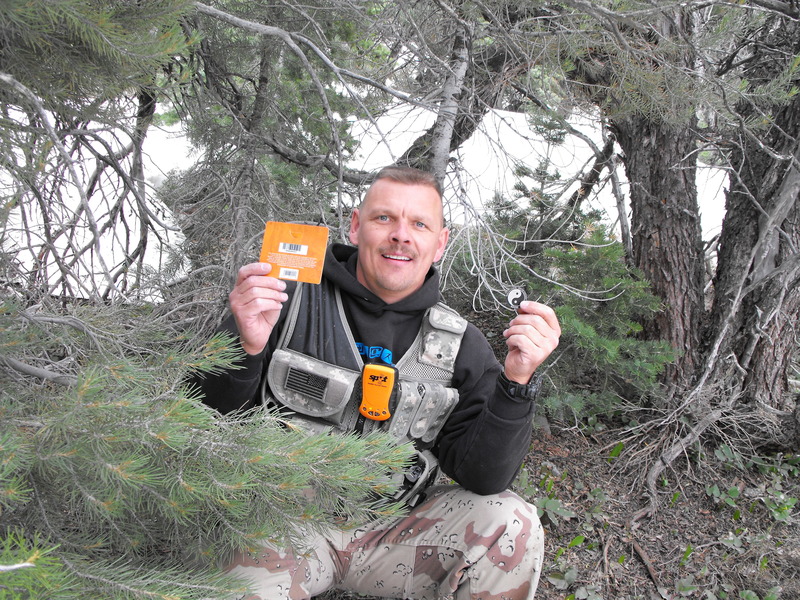
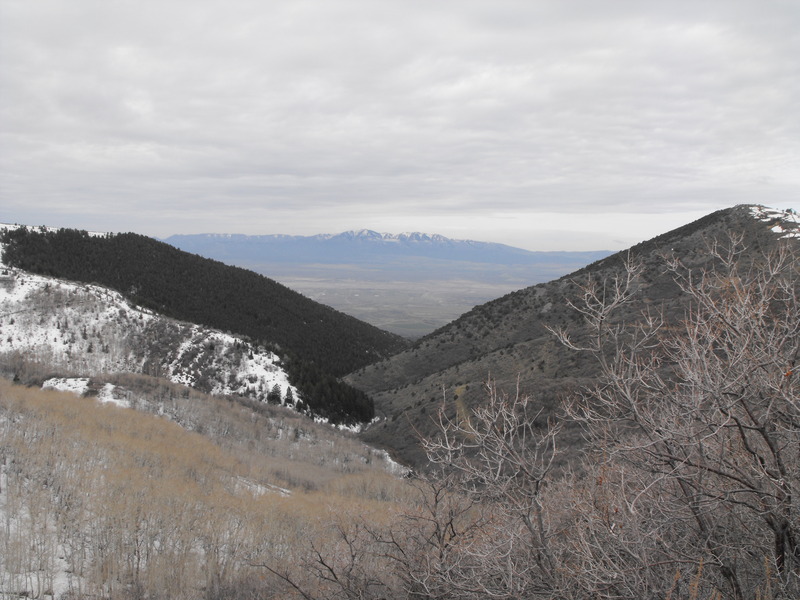
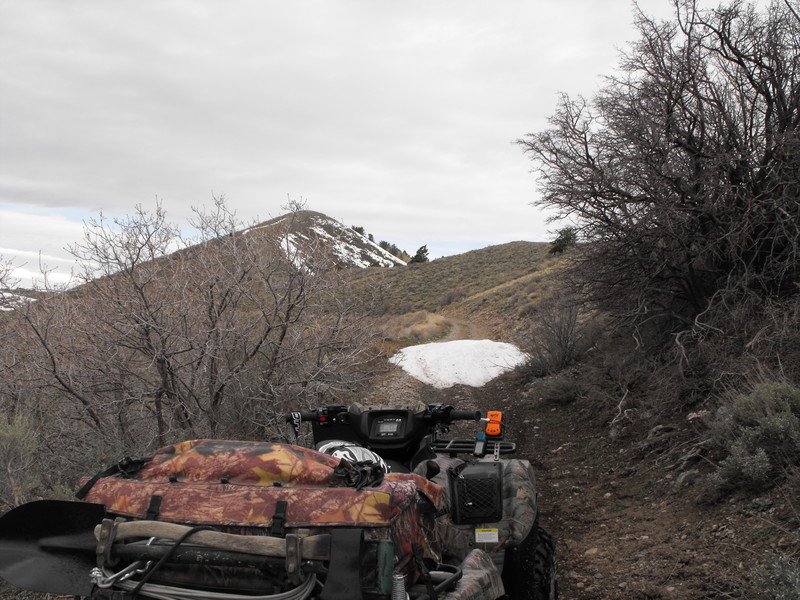
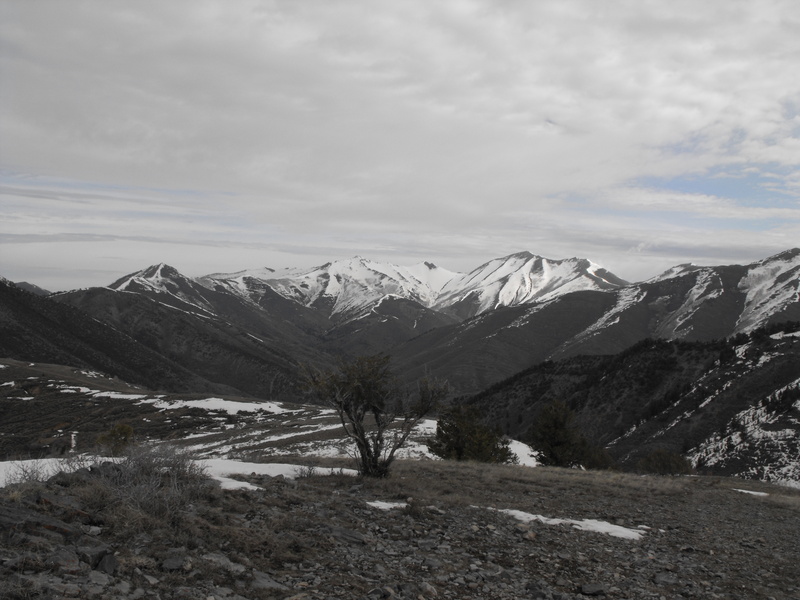





-thumb-autox70-392.jpg)
-thumb-autox70-389.jpg)


